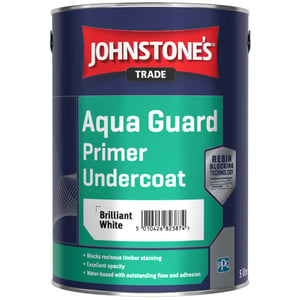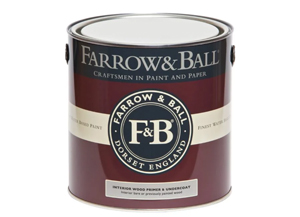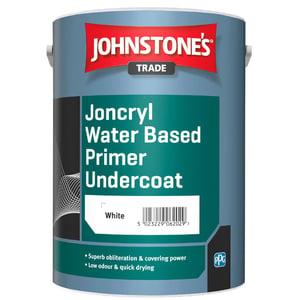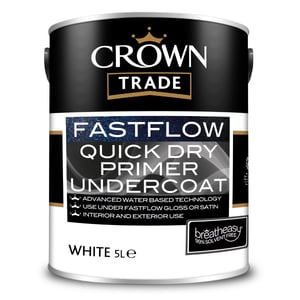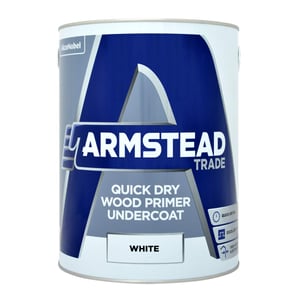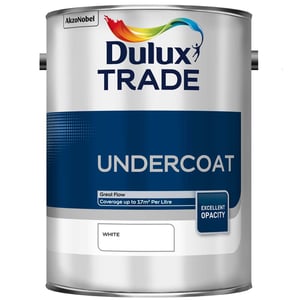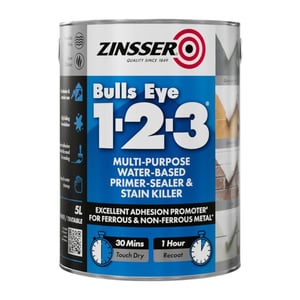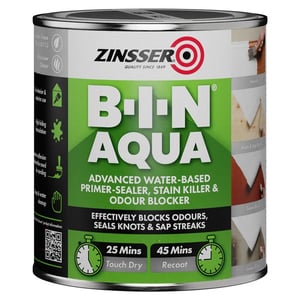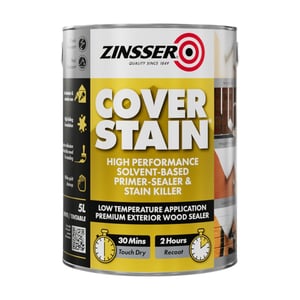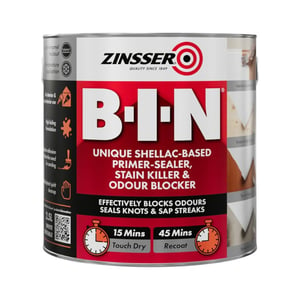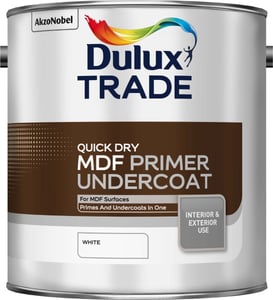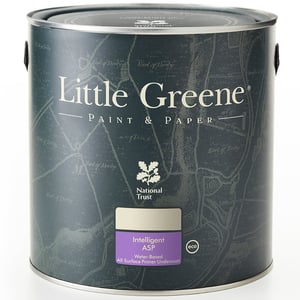When To Use a Primer or Undercoat
Understanding when to use a primer or an undercoat isn't always easy which is why we've created this one-stop guide to help you make the right choice. Undercoats are used to create an optimal surface before painting, promoting good adhesion, depth of colour and smooth finish. They are usually applied to previously painted surfaces and are particularly helpful when changing a colour from light to dark or vice versa.
Primers, on the other hand, serve to aid adhesion on tricky surfaces, solve problems with staining or odours, and seal porous surfaces. Primers prepare the surface for painting and are usually quite specific to the surface or problem you're dealing with.
Using primers and/or undercoats isn't always necessary during the painting process though, if you have a sound, previously painted surface and you're simply giving it a new lease of life with a fresh lick of paint, you can often go straight on with your chosen topcoat if you're painting walls or ceilings, or if painting woodwork and metal, a very light sand is plenty for adhesion. Some paints are also 'self-priming' which means they contain priming properties and you can skip a step in the process.
Undercoat
We recommend using an undercoat when changing from a light colour to a dark one, or vice versa. It creates a more even base, helping you achieve your desired finish in fewer coats.
For example, applying a white undercoat over a dark surface—or a tinted undercoat that matches your new topcoat over a lighter surface—can help you achieve full coverage in just two coats of your topcoat. Without an undercoat, you may need three or even four coats to get the same result.
Even the highest quality trade paints can struggle with full coverage when making a dramatic colour change—like navy blue to white—without the help of an undercoat. This is where an undercoat adds real value, saving both time and paint by reducing the number of topcoats needed.
You might also need an undercoat if you're painting woodwork or metal, to create an optimum surface before applying your topcoat. They are particularly useful with enamel topcoats because they supplement topcoat film thickness and help impart a more substantial, denser finished look.
Best Selling Undercoats
Primer
If you are questioning the condition of your wall or surface for painting, i.e. if it’s chalky, powdery, stained or highly alkaline, priming is advised. Priming works not only to hide stains and prevent discolouration but also to create a surface that your topcoat will adhere to. It should always be used on bare wood because the surface is not only porous with grain variations, but it also absorbs moisture at varying rates, making achieving an even finish difficult. Bare wood with knots in should always be treated with a knotting solution before being primed and the knots themselves should be spot primed with additional coats of primer to lock the knot and prevent it from bleeding. If you have a glossy surface or a surface like glass, laminate, melamine, etc., a primer is always advised.
If you're painting metal, we often advise a specialist primer. For example, if you're painting galvanised metal, we'd suggest a zinc-rich primer.
Primers help in providing a uniform surface for the paint to adhere to. In the case of choosing between an undercoat or primer, undercoats should generally be used when changing from dark to light colours and primers when transitioning from a glossy base coat to a more matt finish for example.
There are different categories of primers depending on your needs, e.g drywall primer, wood primer, masonry primer and multi-purpose primers. Bonding primers in particular, are perfect for more difficult, awkward surfaces, while sealing primer are capable of managing stains in a single coat.
Whatever your painting project the use of primers and undercoats only serves to enhance the completed look. Not only will your paint last longer, but you also won’t have to worry about chipping, peeling or discolouration.
Shop from our extensive range of primers and undercoats from the biggest and best trade paint brands today.
Best Selling Primers
Have a question?
With so many options, it can be difficult to choose which primer and undercoat is right for your project. Our paint experts are here to help, get in touch by calling us on 033 3320 2369 or email [email protected]



